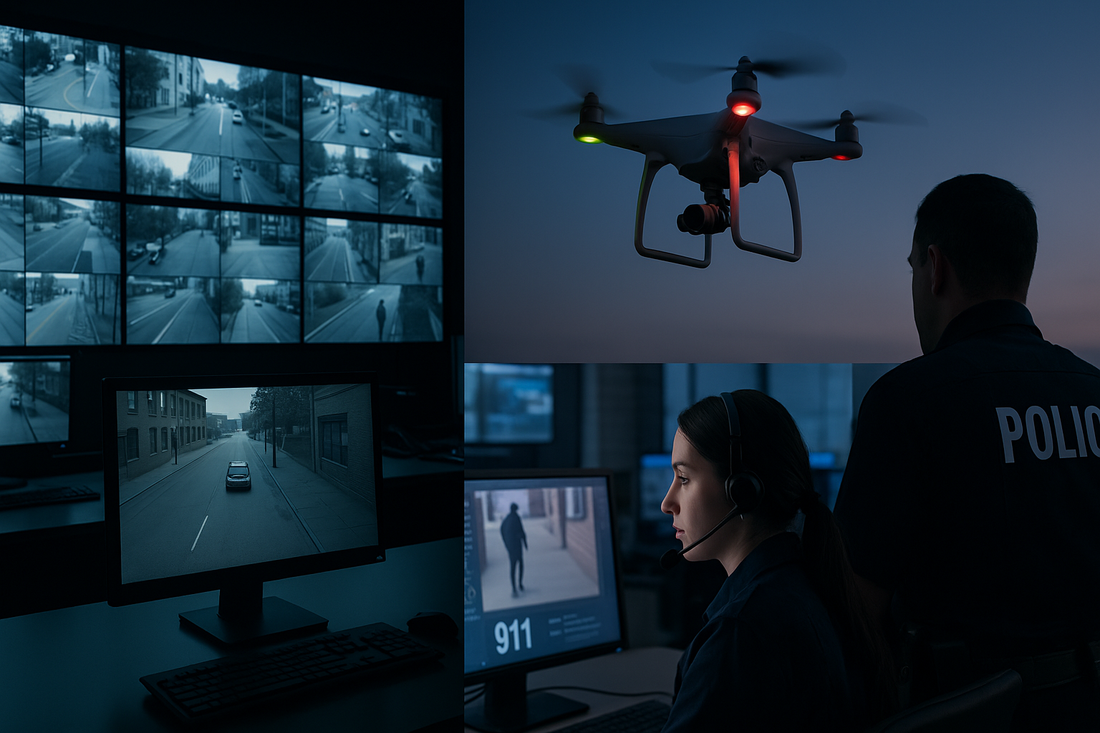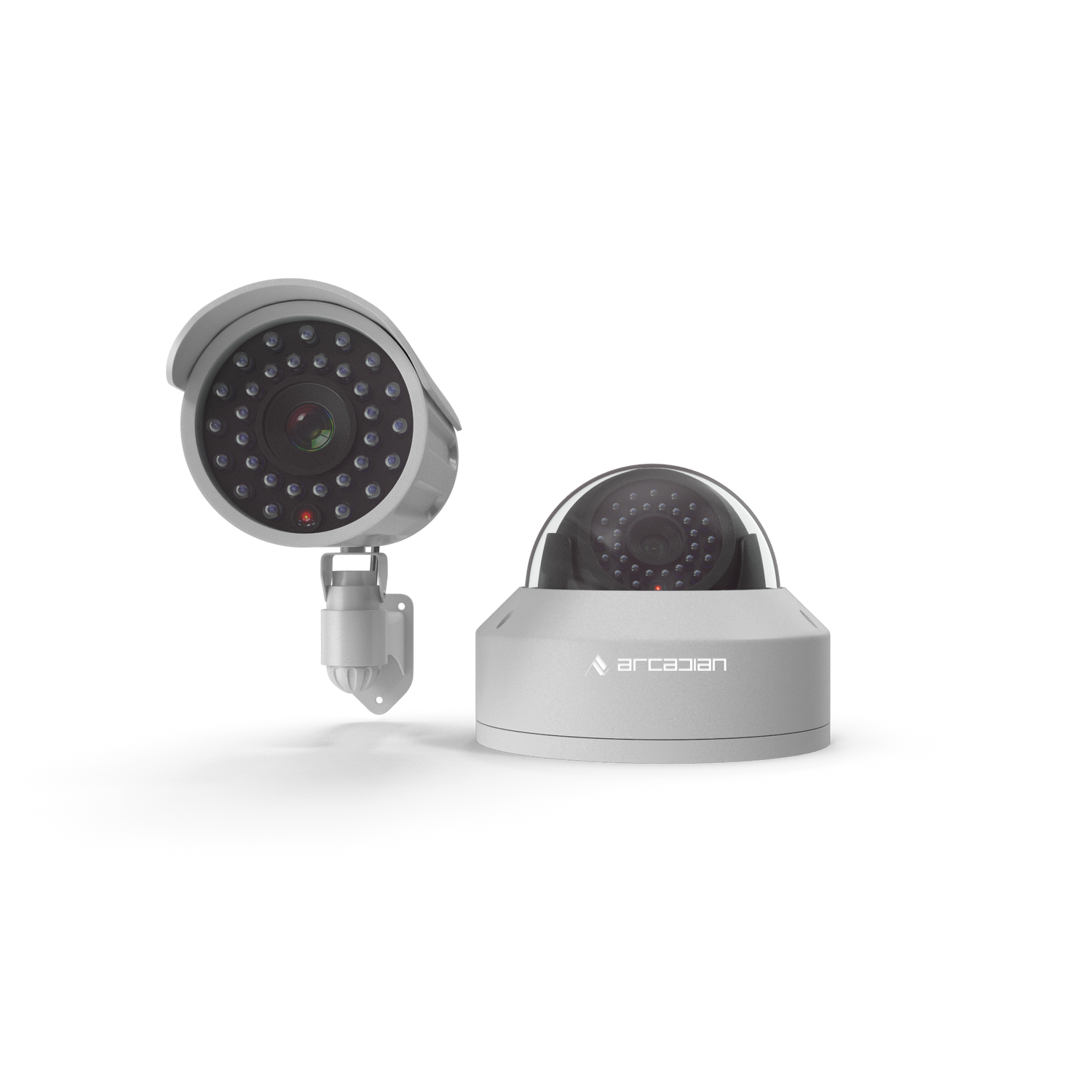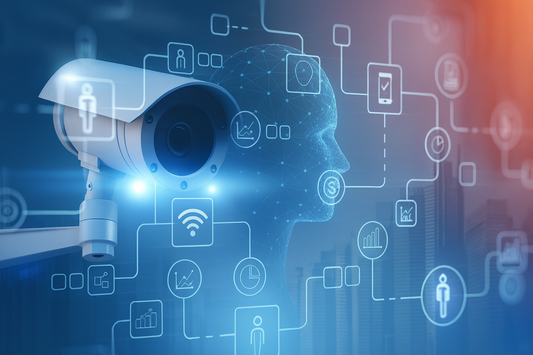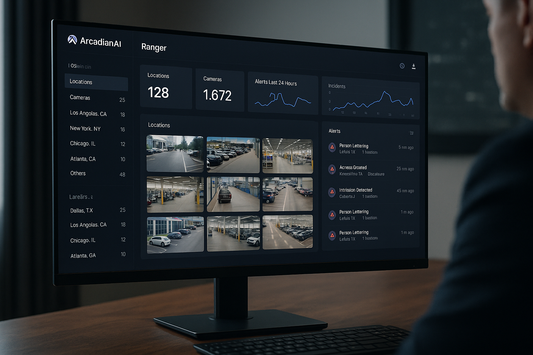Next-Gen 911 & AI-Driven Video Surveillance: The Future of Emergency Response
Explore how Next‑Gen 911, AI video surveillance, and drone first responders are revolutionizing public safety—with faster response, privacy concerns, and cybersecurity at center stage.

Introduction
The convergence of Next‑Gen 911, AI-powered video surveillance, and drone-as-first-responder (DFR) systems is transforming public safety as we know it. Leveraging Eagle Eye Networks, RapidSOS, Flock Safety, and other innovators, agencies from Fenton, Michigan to Chula Vista, CA are accelerating response times like never before—while raising critical questions around cybersecurity, privacy, and system integration. Whether it’s real-time video sharing from businesses, live multimedia via NG911, or drones arriving in under two minutes, this shift marks both a technological leap and a societal challenge.
Quick Summary / Key Takeaways
-
DFRs can reach emergencies in <2 mins
-
NG911 enables video-, image-, and text-based 911
-
AI surveillance speeds detection & response
-
Cyber threats to NG911 systems are rising
-
Privacy & oversight top public concern
Why It Matters Now
-
Drones as First Responders (DFR): Deployed across U.S. cities, drones now beat officers to scenes—2 minutes in Chula Vista, and 75% of the time in Redmond, WA —thanks to streamlined FAA waivers issued in 2025 (Eagle Eye Networks, The Washington Post, publicsafety.ieee.org).
-
NG911 Rollout: Collier County, Florida recently adopted NG911—enabling texts, videos, and precise geotracking via RapidSOS—highlighting its resilience across regions (AP News).
-
Eagle Eye 911 Camera Sharing: In Fenton, Michigan, 911 dispatchers now instantly access AI-powered video via Eagle Eye Networks and RapidSOS, enhancing situational awareness (Security Journal Americas).
Core Topic Exploration
1. AI-Driven Surveillance Meets Next-Gen 911
-
Integrated AI video tools (e.g., Smart Video Search) help identify suspects or vehicles quickly (Security Journal Americas).
-
NG911 systems now accept multimedia—texts, photos, video, location—from callers and devices (Wikipedia).
2. Drones as Rapid First Responders
-
DFR programs are spreading, with deployments like in Dunwoody, GA in about 90 seconds (Axios).
-
Drones reach scenes before officers in many cases, offering critical visuals—but raising civil liberties concerns (The Washington Post).
3. Cybersecurity in NG911
-
NG911’s networked nature introduces vulnerabilities: DDoS threats, data breaches, unencrypted multimedia, and legacy system weaknesses (publicsafety.ieee.org).
-
Organizations like CISA and IEEE stress incident-response planning and cybersecurity protocols for PSAPs (publicsafety.ieee.org).
4. Privacy, Oversight, and Ethical Risks
-
Surveillance systems like NYPD’s Domain Awareness System track mountains of data—raising concerns around data retention and profiling (Wikipedia).
-
Drone programs spark fears of disproportionate surveillance in marginalized areas; privacy advocates demand policy safeguards (The Washington Post).
-
Ethical frameworks for smart video surveillance call for algorithmic and system-level privacy protections (arXiv).
Comparisons & Use Cases
| Use Case | Technology | Benefits | Risks/Challenges |
|---|---|---|---|
| Retail Anti‑Crime | Eagle Eye AI + 911 | Quicker dispatch, real-time visuals | Data misuse, limited coverage |
| Emergencies | Collier NG911 | Multimedia, precise location | Uneven funding and implementation |
| Emergency Response | DFR drones | Speed, reduced risks | Privacy, oversight, public trust |
| Call System | NG911 IP systems | Scalable, unified multimedia | Cybersecurity, training needs |
Common Questions (FAQ)
Q: What is NG911?
An IP-based emergency system enabling voice, text, images, and video for enhanced PSAP communication and faster response. (Security Today, Eagle Eye Networks, Security Journal Americas, WIRED, NGA 911, Wikipedia, NGA 911, Hanwha Vision)
Q: How fast can drones respond?
In Chula Vista under 2 minutes; in Redmond, WA drones arrive before officers 75% of the time. (The Washington Post)
Q: What cybersecurity threats face NG911?
Risks include DDoS attacks, data breaches, legacy systems, and unencrypted media—requiring incident response plans and strong security protocols. (publicsafety.ieee.org)
Q: Are there privacy concerns?
Yes. Surveillance systems and drones can overreach, particularly in communities with less oversight. Civil liberties groups call for transparency and regulation. (The Washington Post, WIRED)
Q: Which brands are leading innovation?
Key players include Eagle Eye Networks, RapidSOS, Flock Safety, Motorola Solutions (via acquisitions like RapidDeploy), and others driving security and NG911 integration. (Wikipedia)
Conclusion & CTA
As emergency technology shifts into high gear—through AI surveillance, NG911 multimedia, and DFR systems—public safety stands on the brink of greater effectiveness and faster rescues. Yet the journey demands robust cybersecurity, ethical deployment, and public trust.
See ArcadianAI in Action → Get Demo – ArcadianAI

Security is like insurance—until you need it, you don’t think about it.
But when something goes wrong? Break-ins, theft, liability claims—suddenly, it’s all you think about.
ArcadianAI upgrades your security to the AI era—no new hardware, no sky-high costs, just smart protection that works.
→ Stop security incidents before they happen
→ Cut security costs without cutting corners
→ Run your business without the worry
Because the best security isn’t reactive—it’s proactive.







